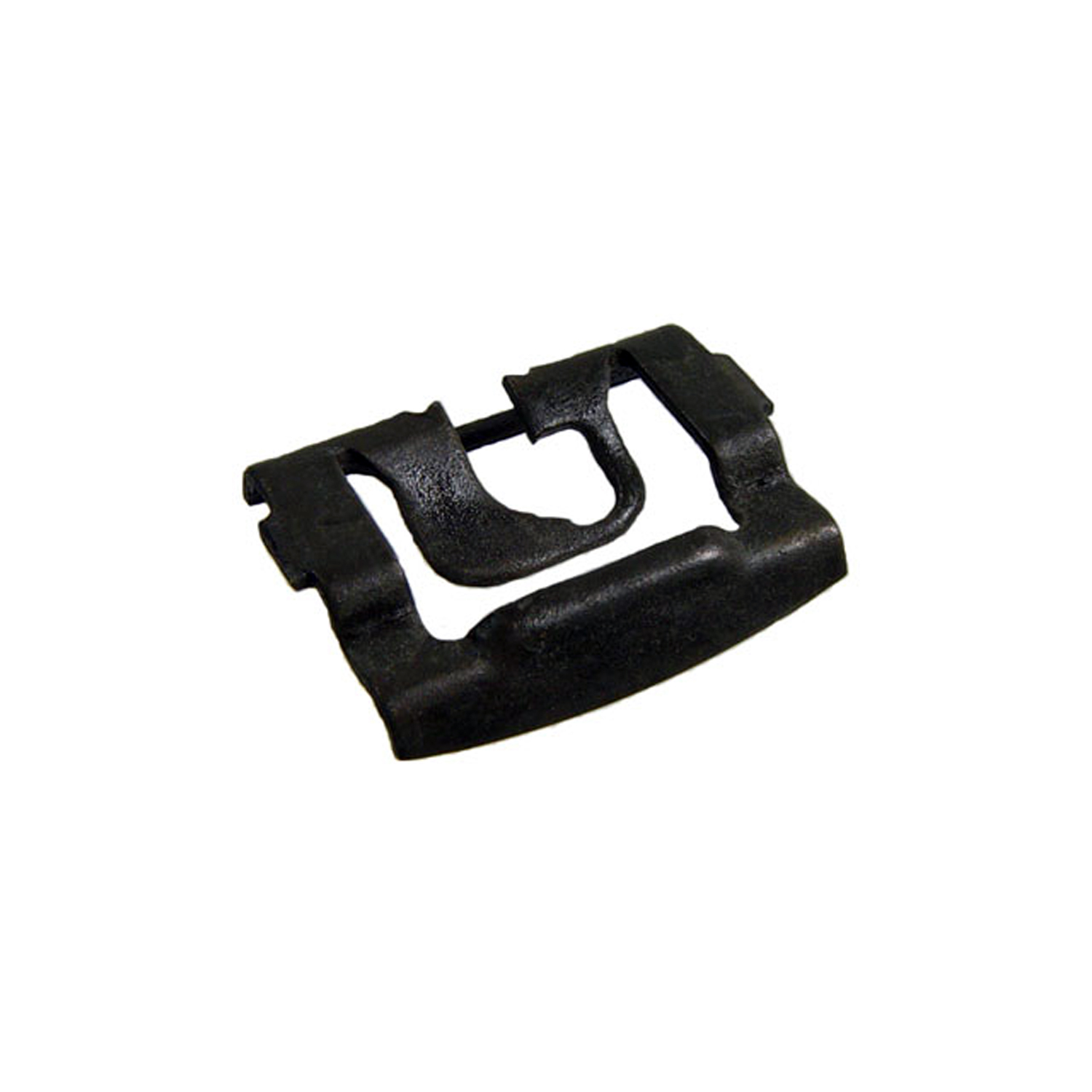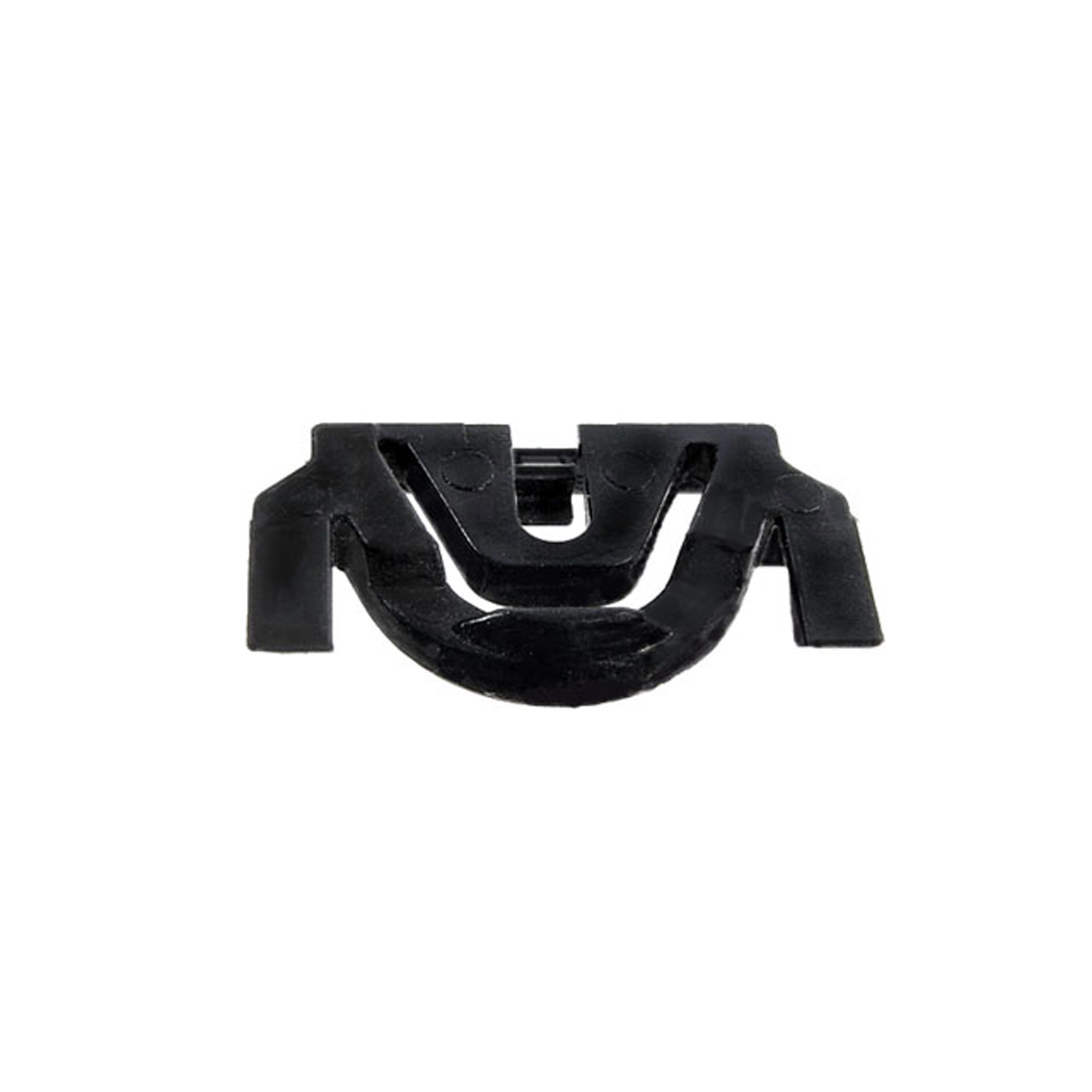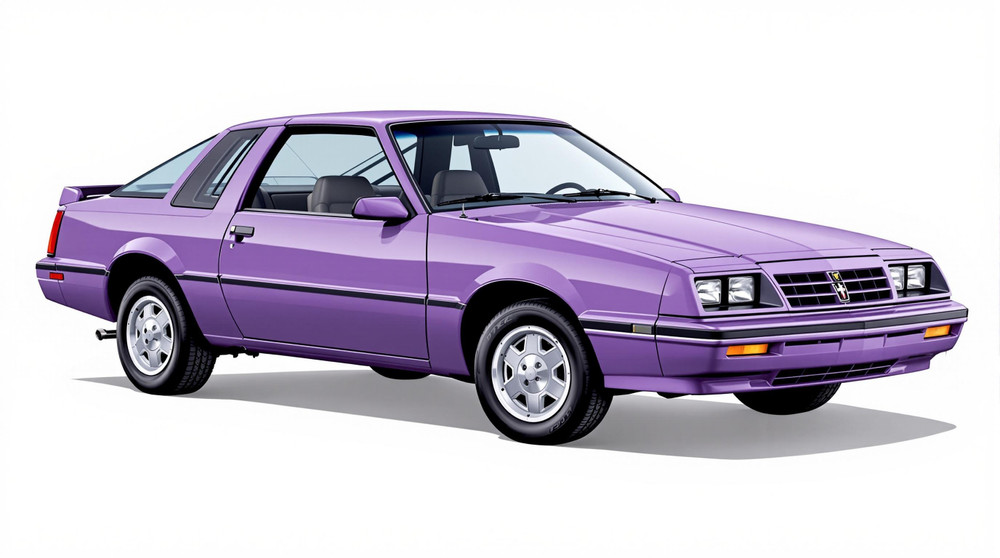Image of 1983 Dodge Aries, Note: These illustrations use artistic license and may differ from actual historical models.
Performance Metrics
Fundamental Metrics
Emotional Appeal
MMP Rating
| Engine Specifications | |
|---|---|
| Engine Options: | 2.2L I4, 2.6L I4 |
| Displacement Range: | 2.2 - 2.6L |
| Horsepower Range: | 84 - 96 hp |
| Torque: | 111 - 131 lb-ft |
| Compression Ratio: | 8.5:1 - 9.0:1 |
| Ignition System: | Electronic |
| Cooling System: | Liquid-cooled |
| Performance Specifications | |
| 0-60 Time: | 14 - 16 seconds |
| 1/4 Mile Time: | 18 - 20 seconds |
| Top Speed: | 100 - 105 mph |
| Transmission and Drive | |
| Drive Type: | FWD |
| Transmission Type: | 3-speed automatic, 5-speed manual |
| Fuel and Efficiency | |
| Fuel System Type: | Carburetor |
| MPG: | 20 - 25 mpg |
| Dimensions and Brakes | |
| Brakes: | Front disc, rear drum |
| Wheelbase: | 100.3 inches |
| Weight: | 2,400 - 2,600 lbs |
Note: Specifications for classic cars are given to the best of our ability, considering the limited and variant data available.
1983 Dodge Aries: The Dawn of a New Era in American Motoring
In the early 1980s, a revolution was brewing in the automotive industry, and at the heart of this transformation was the 1983 Dodge Aries. This vehicle heralded the advent of Chrysler's K-car platform, which not only saved the company from financial ruin but also reshaped the American car landscape. The Dodge Aries, with its practical design and efficient engineering, became a symbol of resilience and innovation during a time when the industry faced severe challenges.
Design and Innovation
The exterior of the 1983 Dodge Aries was marked by its boxy yet functional aesthetic, reflecting the utilitarian mindset of an era where efficiency began to trump extravagance. The Aries' design was straightforward, with clean lines and an unpretentious stance. Inside, passengers were greeted with a no-frills interior that prioritized space and comfort over luxury. Materials were durable, if not particularly upscale, catering to families and individuals seeking reliable transportation rather than opulence.
Technologically, the Aries featured innovations like front-wheel drive—a significant shift away from the rear-wheel-drive norm of its predecessors. Color options ranged from conservative shades to more vibrant hues, with choices like "Baron Red" and "Spinnaker White" finding popularity among buyers. The most iconic body style was undoubtedly the four-door sedan, though two-door coupes and station wagons were also available for those needing extra versatility or space.
Historical Significance
The Dodge Aries played a pivotal role in saving Chrysler from bankruptcy in the early '80s. It was one of the first mass-produced American cars to embrace fuel efficiency as a selling point—a response to the oil crises of the previous decade. Its success paved the way for future generations of cars that prioritized practicality over power and size.
Performance and Handling
Performance-wise, the 1983 Dodge Aries wasn't built to set records on the track. With modest acceleration figures and a top speed that suited highway driving requirements, it was designed for economy rather than speed. Handling was competent for its class, absorbing road imperfections adequately while offering a comfortable ride quality. The driving experience was characterized by a sense of reliability; it wasn't about thrills but about getting from point A to B efficiently.
Ownership Experience
As a daily driver, the Dodge Aries excelled due to its practicality and low cost of ownership. Maintenance was straightforward, making it an ideal choice for those who valued ease of repair over performance credentials. While it may not have been a common sight at car shows or on race tracks, it served faithfully as a workhorse for countless American families.
Fun Facts
The 1983 Dodge Aries might not be known for setting any speed records or being owned by celebrities, but it does hold a special place in automotive history as one of the vehicles that helped save Chrysler Corporation. It faced criticism for its uninspired styling and modest performance but ultimately won over many with its affordability and practicality.
Collector's Information
Today, an 1983 Dodge Aries isn't typically seen as a collector's item; however, its significance in automotive history does garner interest among enthusiasts who appreciate its role in Chrysler's comeback story. With production numbers in the hundreds of thousands, they are not particularly rare but finding one in excellent condition can be challenging. As for value range, well-preserved models could fetch anywhere from $1,500 to $5,000 depending on condition and originality.
Conclusion
The 1983 Dodge Aries may not have been glamorous or powerful, but it was instrumental in shaping an era where efficiency began to take precedence in American car manufacturing. Its legacy is one of resilience and adaptability—qualities that continue to resonate within the industry today.
1983 Dodge Aries Catalog of Parts
 1983 Dodge Aries Windshield and Rear Windshield Molding Clip. Made of steel-WF 216Windshield and Rear Windshield Molding Clip. Made of steel. 1-1/8" X 5/8". Each
1983 Dodge Aries Windshield and Rear Windshield Molding Clip. Made of steel-WF 216Windshield and Rear Windshield Molding Clip. Made of steel. 1-1/8" X 5/8". Each 1983 Dodge Aries Windshield and Rear Windshield Reveal Molding Clip-WF 225-AWindshield and Rear Windshield Reveal Molding Clip. Made of nylon. 2" X 11/16". Each
1983 Dodge Aries Windshield and Rear Windshield Reveal Molding Clip-WF 225-AWindshield and Rear Windshield Reveal Molding Clip. Made of nylon. 2" X 11/16". EachWhy Choose Metro?
For over 100 years, Metro Moulded Parts has been the pinnacle of quality in classic car restoration parts. Our commitment to precision and authenticity in every component ensures a perfect fit and an OEM-level appearance.
- Expert Craftsmanship & Quality: Each part is a testament to our dedication to reliability and perfection, crafted from original designs and thoroughly tested.
- Advanced Technology: We use cutting-edge techniques to create flawless, long-lasting parts that surpass others in performance.
- SuperSoft Sponge – The Ultimate Door Seal: Not only are our door seals 30% softer than competitors', but they're also guaranteed to never leak. They effectively reduce wind and road noise, enhancing your classic car's comfort and driving experience.
- Proudly American: Our parts are a product of American craftsmanship, made in the USA with a spirit of excellence and heritage.
- Unrivaled Warranty: We back our products with a 30-year industry-leading warranty, a testament to our confidence in their quality.
Join us in preserving the legacy of classic cars with parts that are crafted for perfection, not just made.

